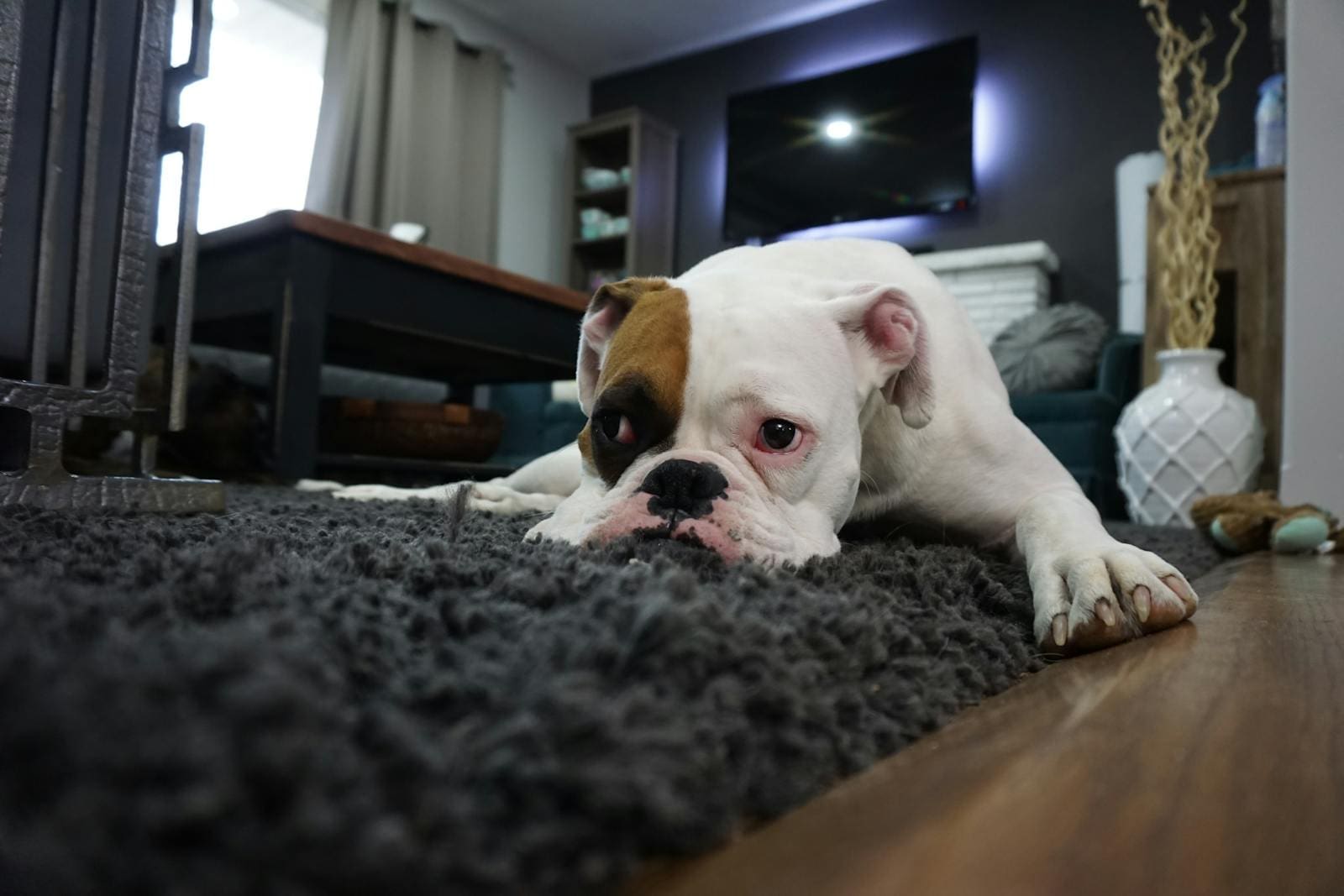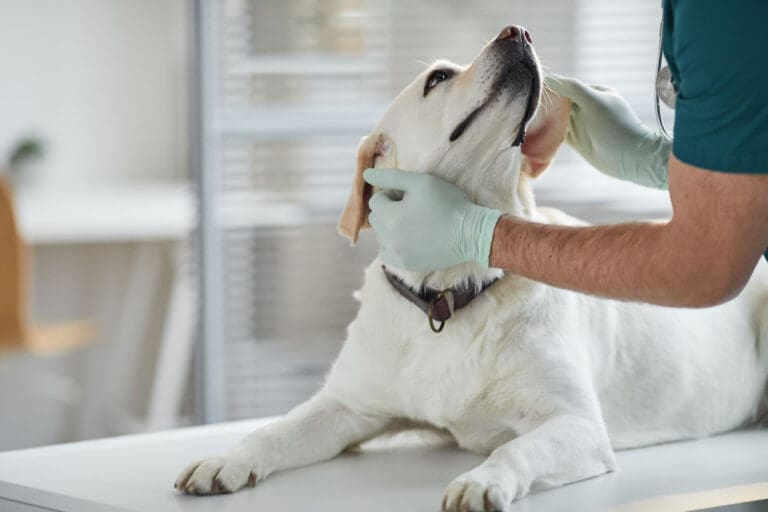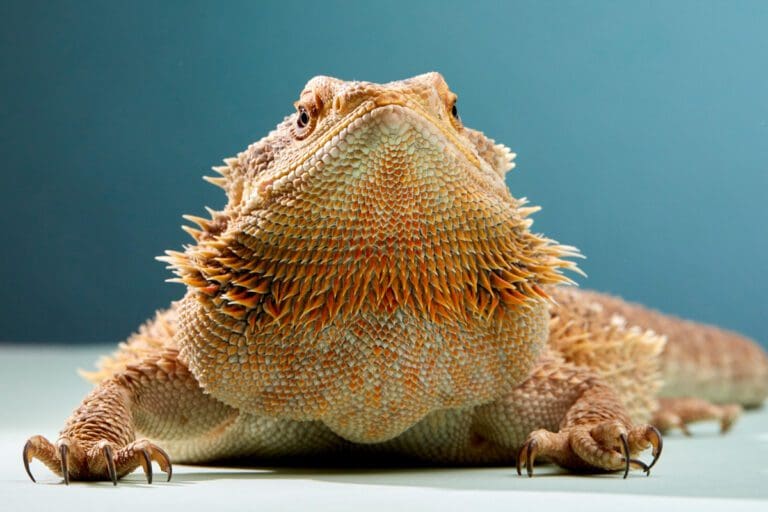Understanding the emotional well-being of your canine companion is crucial to maintaining their overall health and happiness. Much like humans, dogs can experience bouts of depression, often manifested through a range of behavioral and physical changes.
This article explores the telltale signs of canine depression, helping pet owners to recognize these symptoms early and seek appropriate care. From changes in body language to fluctuations in energy levels, knowing what to look for can make all the difference in supporting a dog’s mental health.
10. Regression in House Training or Behavioral Issues
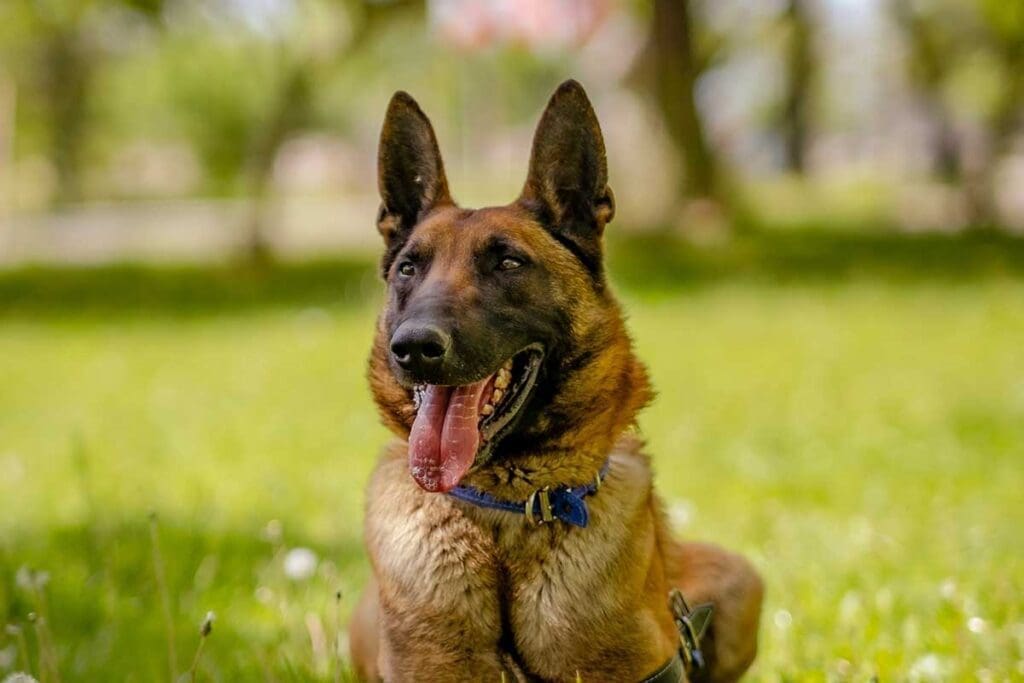
Sudden lapses in house training or the reemergence of previously resolved behavioral problems can indicate canine depression. Many owners report potty training regression in puppies between 4 months to 1 year old. This regression often stems from stress or anxiety due to environmental changes. If your well-trained dog starts having accidents indoors, it may be a sign of underlying emotional distress.
9. Changes in Body Language
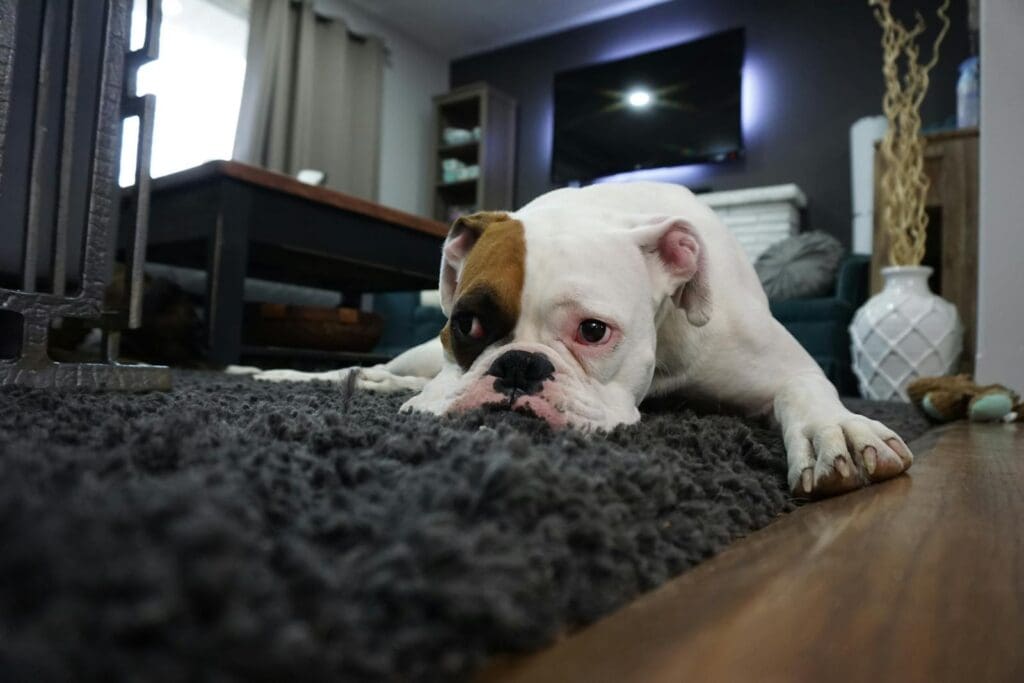
Depressed dogs often exhibit altered body language. Look for drooping ears, a tucked tail, and avoidance of eye contact. They may also display a hunched posture or keep their head lowered. These subtle changes in your dog’s physical demeanor can be key indicators of their emotional state.
8. Lack of Energy or Lethargy

Depression can make dogs extremely lethargic and tired. While it’s normal for dogs to sleep around 12 hours a day, a depressed dog may sleep excessively or show little enthusiasm for activities they once enjoyed, such as walks or playtime. This change in energy levels can be a significant indicator of their emotional state.
7. Increased Vocalization (Whining or Howling)

Depressed dogs may vocalize more frequently or differently than usual. You might notice increased whining, whimpering, or howling, especially when left alone or during typically enjoyable activities. These vocalizations can be a sign of distress or an attempt to seek comfort and attention from their owners.
6. Unusual Aggression or Irritability

Sudden aggression or irritability can be a sign of canine depression. A typically friendly dog may become unexpectedly growly or snappy, especially when touched. This behavior change often stems from discomfort or anxiety associated with depression. If your dog displays uncharacteristic aggression, consult a veterinarian to rule out other health issues.
5. Excessive Licking or Self-Grooming
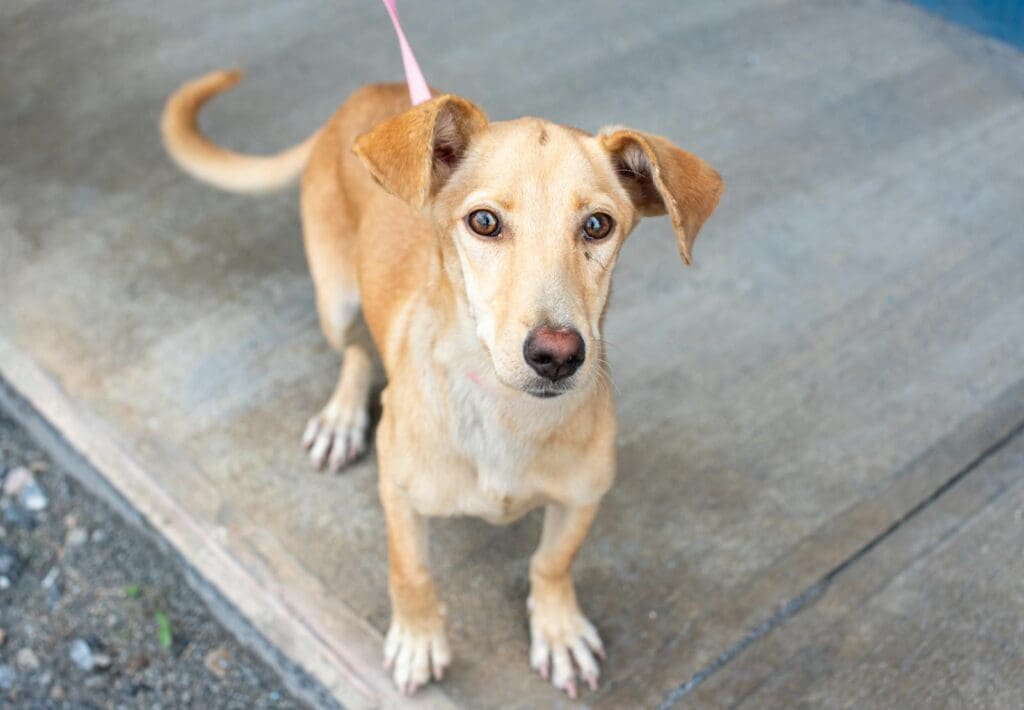
Dogs may engage in excessive licking or self-grooming when depressed. This behavior can be a coping mechanism to alleviate stress or anxiety. If you notice your dog obsessively licking their paws, body, or objects, it may indicate underlying emotional distress. Persistent licking can lead to skin irritation or hair loss, warranting veterinary attention.
4. Withdrawal from Social Interactions
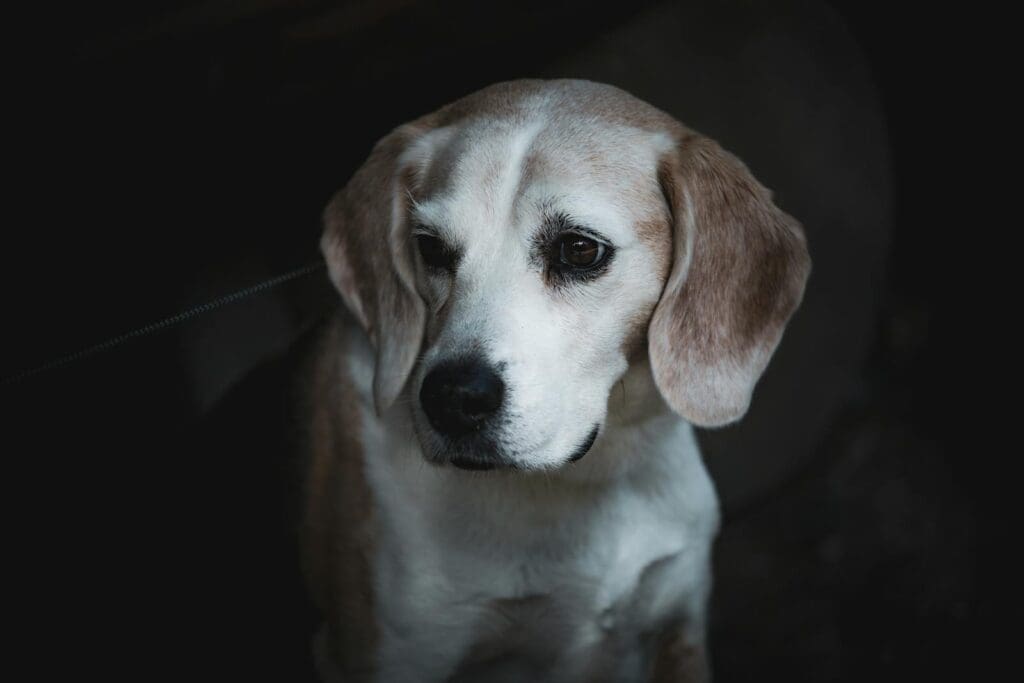
If your normally sociable dog suddenly becomes withdrawn and avoids interaction with family members or other pets, it could be a sign of depression. Look for behaviors like hiding in secluded areas, refusing to participate in playtime, or showing disinterest in activities they once enjoyed. This social withdrawal is often a clear indicator that something is amiss with your canine companion.
3. Decreased Appetite or Changes in Eating Habits

Depression can significantly affect a dog’s eating habits. You may notice your pet eating less than usual or losing interest in food altogether. Conversely, some dogs may overeat when depressed. Any sudden change in appetite lasting more than a day or two warrants attention and potentially a vet visit.
Read More: The Pros and Cons of Letting Your Dog Sleep in Bed with You
2. Changes in Sleeping Patterns

Dogs experiencing depression often exhibit altered sleep habits. They may sleep excessively, even during times they’re usually active. Conversely, some depressed dogs might struggle with insomnia. If your pet’s sleep routine has drastically changed, it could be a sign of emotional distress. Monitor their sleep patterns closely for any unusual shifts.
Read More: 10 Signs Your Dog Is Unhappy
1. Loss of Interest in Favorite Activities

If your once-energetic pup suddenly shows disinterest in their favorite toys, walks, or playtime, it could signal depression. This withdrawal from enjoyable activities is a key indicator of a dog’s emotional state. Pay attention to changes in enthusiasm for things they typically love.
Read More: Strange Dog Behaviors and Warning Signs to Watch For

